Toys R Us has filed for bankruptcy in the US and Canada, with the once mighty retailer having racked up $5 billion in debts before filing Chapter 11, marking a last-ditch effort to restructure its finances.
The company is facing around $400 million in debt repayments that are due to be made in 2018, though has secured around $3 billion from various lenders during this difficult process. Its 1,600 stores will each remain open leading up to Christmas, and its markets outside the US and Canada are reportedly not affected. However, while the company is putting a positive spin on the news — chairman and CEO Dave Brandon described it as the “dawn of a new era” for the retailer — you need look no further than its astonishing decline in video game sales to see why it’s suffering financially.
Toys R Us was once a dominant force in the video game market. As pointed out by Niko Partners analyst Daniel Ahmad: “In 1999 Toys R Us was the #2 retailer for video games software in the US. Today in 2017 the company has less than 1% market share.” This huge slump is partially due to the success of online retailers like Amazon, but the company previous CEO claimed that video games flopping was the largest contributing factor to Toys R Us’ struggles.
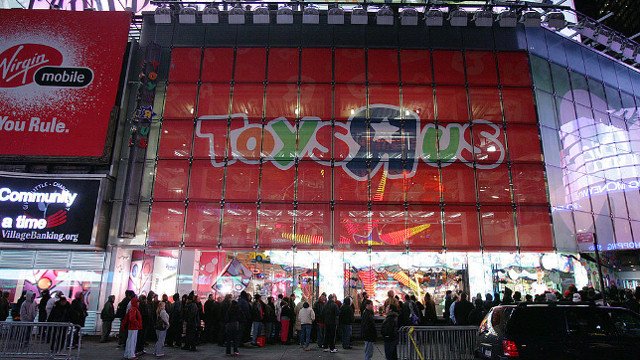
“There just hasn’t been much excitement in that category and it drags the rest of sales down,” Gerald Storch, who left Toys R Us in 2013, told Business Insider back in 2012. “It’s not that the internet is taking away our business, which is a popular story.” He added that the “decline in video game sales can be attributed to a lack of new products or innovations,” with the industry led by the Xbox 360 and PS3 at the time, while the launch of Nintendo’s Wii U — which later proved to be a huge sales flop — was also on the horizon.
Also: Nintendo Switch’s Sales Are Not so Great in UK, But Still Better Than Xbox
Storch positioned video games as being directly responsible for the downfall of Toys R Us, and while his comments that Amazon wasn’t the primary reason for their downturn in sales is debatable, it’s difficult to argue against the slump in video games in brick-and-mortar stores going hand-in-hand with Toys R Us’ problems. For example, take a look at the extensive coverage given to video games in the company’s 1996 Christmas catalog:
Toys R Us was once a staple of the gaming industry, and its plummet from the #2 retailer to owning just 1% of the overall market share is emblematic of how much has changed since the 90s. Whereas kids across the West would base the entirety of their Christmas list based upon what they saw in the Toys R Us catalog or on TV ads, which were both filled with games and consoles from the Nintendo 64 to the original PlayStation, now Amazon fills the same void online and its prices are routinely cheaper.
It remains to be seen how Toys R Us will emerge from this unfortunate situation, but as the next victim of the “retail apocalypse,” things don’t look hopeful for the company.
Image Credit (Featured) Andrew Burton / Getty Images, Image Credit (In-article): Hiroko Masuike / Stringer / Getty Images
Toys R Us Catalog
-
Toys R Us Catalog #1
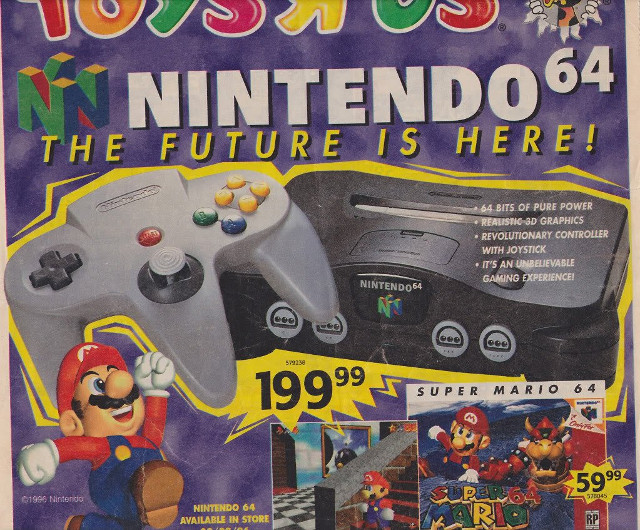
pwnpocalypse on imgur -
Toys R Us Catalog #2
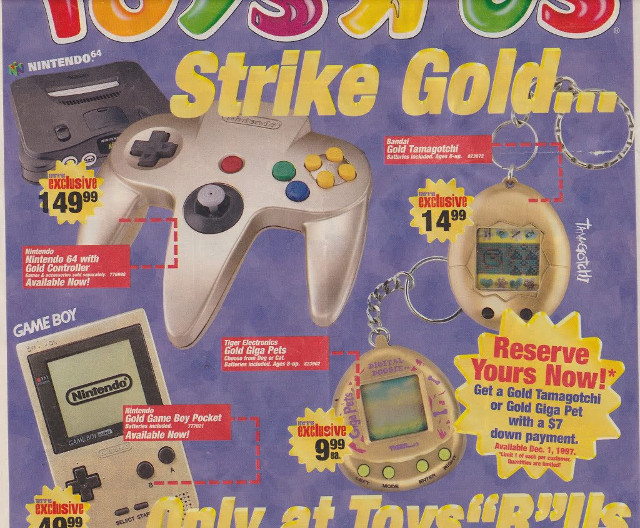
pwnpocalypse on imgur -
Toys R Us Catalog #3
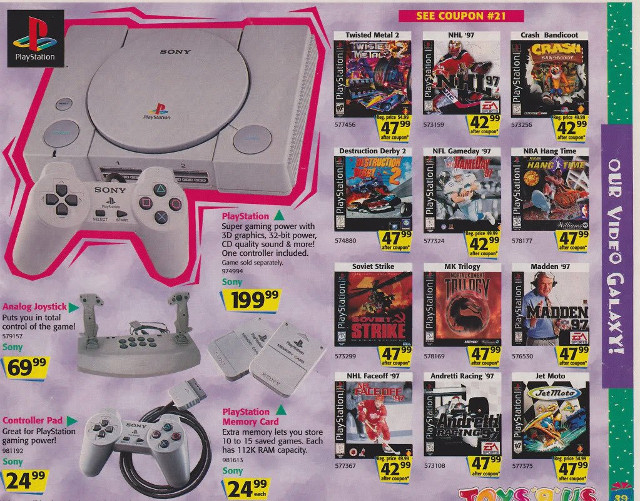
pwnpocalypse on imgur -
Toys R Us Catalog #4
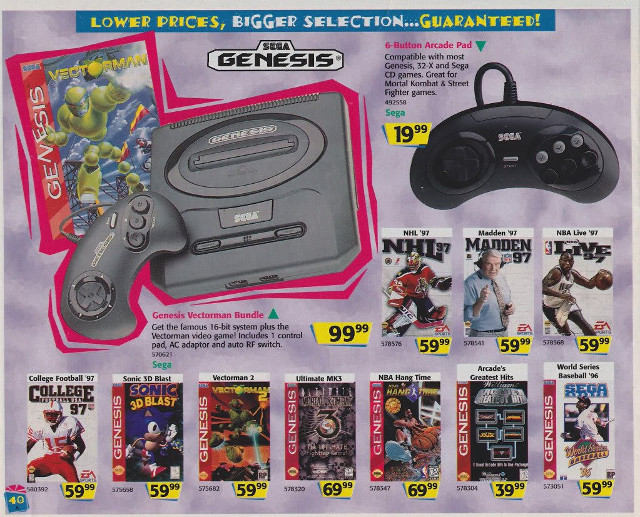
pwnpocalypse on imgur -
Toys R Us Catalog #5
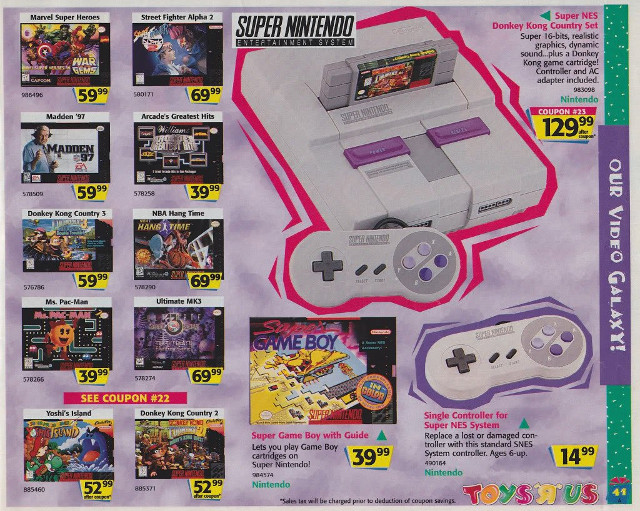
pwnpocalypse on imgur -
Toys R Us Catalog #6
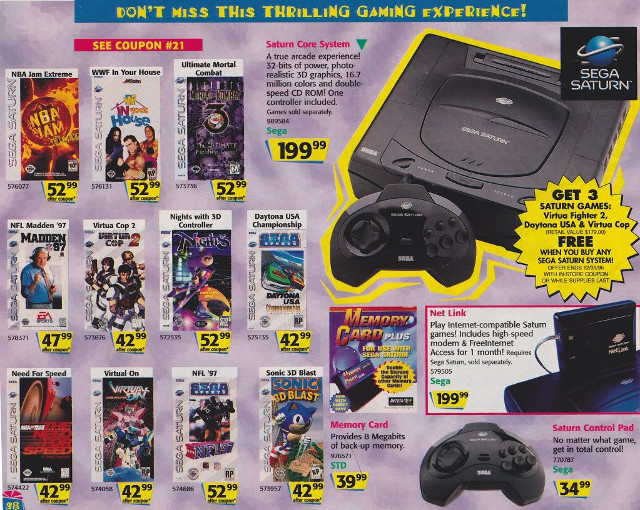
pwnpocalypse on imgur -
Toys R Us Catalog #7
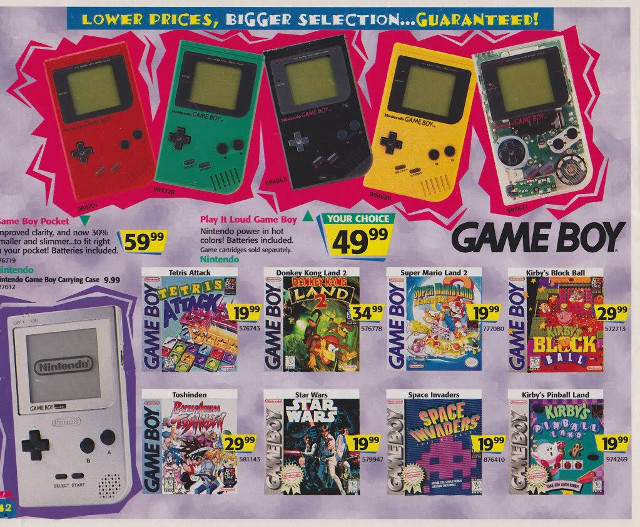
pwnpocalypse on imgur -
Toys R Us Catalog #8
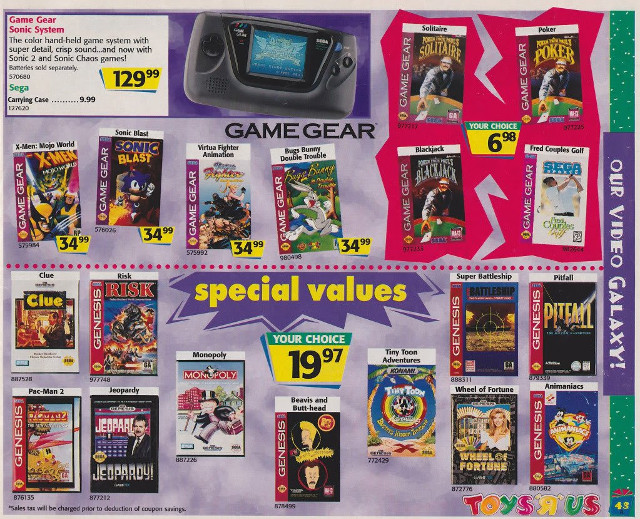
pwnpocalypse on imgur -
Toys R Us Catalog #9
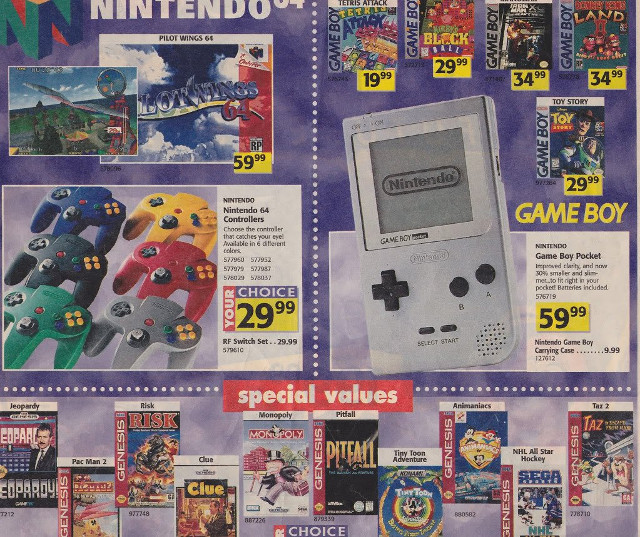
pwnpocalypse on imgur







